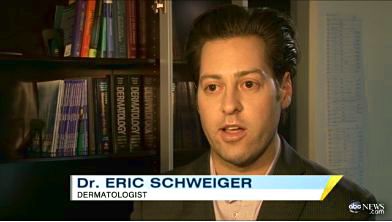Q: I am taking finasteride as you prescribed. You also suggested using minoxidil liberally over the entire front and top of my scalp once a day. During our meeting I think that you said that once I start using this I would not be able to stop it, and, if I did, it might lead to further hair loss. Hence, I decided to use the laser comb three times a week in addition to the finasteride. Having said that, if you still feel I should start using minoxidil daily, I will start doing so. — H.K., Brooklyn, NY
A: Stopping therapy doesn’t lead to further hair loss in that it doesn’t accelerate it; you just continue on the path that you would have been without the treatment. When you stop, there may be an initial shedding as you quickly lose any benefits that you had from the treatment.


 From hair extensions to eyelash enhancement, our resident expert on hair loss in women is on the case. Dr. Eric Schweiger was featured in a segment on Good Morning America where he discussed the enhancement of eyelashes, which he called, “a universal sign of beauty.”
From hair extensions to eyelash enhancement, our resident expert on hair loss in women is on the case. Dr. Eric Schweiger was featured in a segment on Good Morning America where he discussed the enhancement of eyelashes, which he called, “a universal sign of beauty.”  Dr. Schweiger lends his expertise on
Dr. Schweiger lends his expertise on 


